Apollo 17: last men on the moon

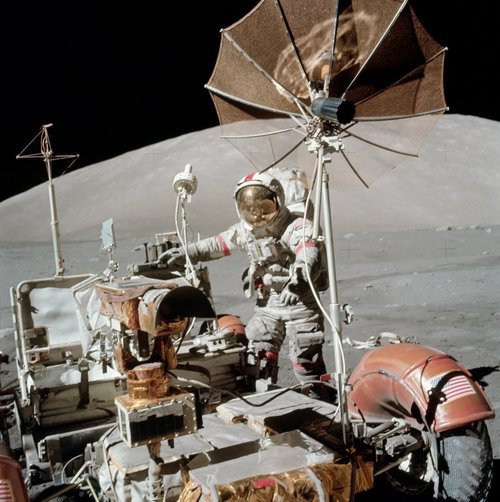
After kangaroo hopping back to the lunar rover, Eugene and Jack drove back to the lunar module, Challenger. There they dusted each other off and loaded the last of their 100kg of lunar rock samples. Jack cleaned up inside While Eugene parked the rover a kilometre and a half away so the takeoff could be televised. Then hopping and skipping in the low lunar gravity he made the most of his last moments on the moon. Once back at the lunar module, one foot on the Challenger’s landing pad, Eugene Cernan lifted his other from the moon, and said:
As I take these last steps from the surface for some time to come, I’d just like to record that America’s challenge of today has forged man’s destiny of tomorrow.
The next day, December 14, 1972, they blasted off from the moon, ending the sixth and last human exploration of the moon for the 20th century.
The last of the lunar Apollos
The Apollo program was a child of the cold war between the USA and Soviet Russia. It was invigorated by President Kennedy’s 1961 challenge to put man on the moon and return him safely before the decade was over. Once the landing of Apollo 11 was achieved in July 1969, the Apollo and NASA budgets came under savage scrutiny. It was the time of the war in Vietnam, budget problems for the 1972 fiscal year and followed the scare of Apollo 13.
The final two scheduled Apollo missions, 18 and 19, were finally cancelled in September 2, 1970. Apollo 20 had already been cancelled on January 2 so that its Saturn V rocket could be used as the launch vehicle for the Skylab space-station in 1973.
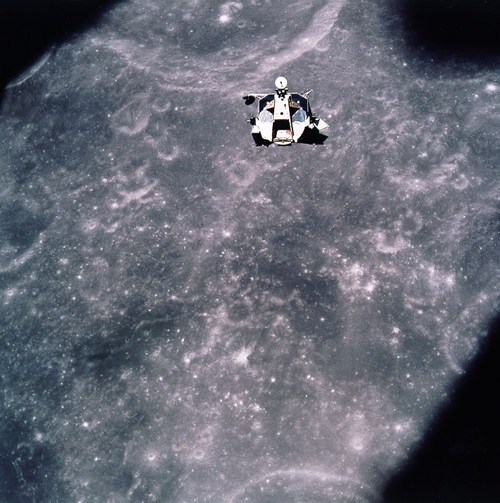
The Apollo program was an incredible, successful human feat. It remains the only program to have placed humans beyond low-earth orbit and onto another celestial body. Apollo 8 was the first manned spacecraft to orbit another celestial body, while Apollo 11 landed the first humans on another world. The program returned 382 kg of lunar rocks and soil to Earth, contributing to the understanding of lunar geology.
It laid the foundation for NASA’s current human spaceflight capability, and funded construction of its Johnson Space Center and Kennedy Space Center. Apollo also spurred advances in many areas of technology incidental to rocketry and manned spaceflight and the start of huge opportunities for technology transfer, leading to more than 1,500 successful spinoffs related to areas as disparate as heart monitors, solar panels, and cordless innovation. More recently, we’ve seen a fledgling private-sector American space industry complete its first cargo delivery to the international space station.
Stepping up, walking tall
There is a marvelous fascination with human exploration. The Apollo missions are a great representation of that drive and curiosity. Apollo 17 astronauts, Eugene Cernan, Harrison Schmitt and Ron Evans, exemplified those attributes.
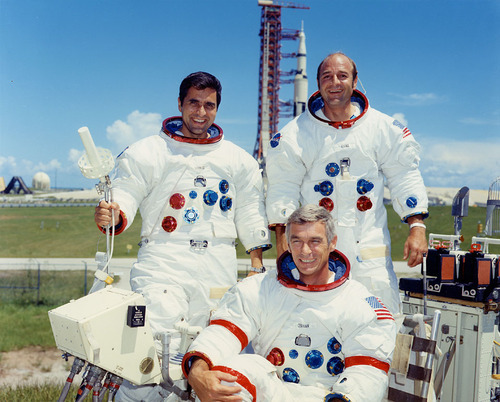
Eugene Cernan is ‘Captain America’ to a tee. A US Navy pilot who, like much of America, was caught up in the early space race. In 1962 he watched, captivated, on TV the launch of John Glenn. Who in the third manned Mercury capsule became the first American to orbit the earth. Cernan at the time lacked the coveted ‘test-pilot’ wings to be selected in the September 1962 second group of astronauts, which included Apollo 11 commander, Neil Armstrong. Cernan was picked, in October 1963, for the third astronaut group – which included the other Apollo 11 astronauts Buzz Aldrin and Michael Collins.
Cernan became the second American astronaut, after Ed White on June 3 1965, to perform an extra-vehicular activity – a spacewalk. His Gemini 9 spacewalk lasted 2 hours and nine minutes, travelling 57,600 km, and rated as one most difficult achievements of his life. The brutal mechanics of Newton’s third law in action in space making seemingly simple tasks into exhausting and challenging experiences, resulting in fogging his helmet and pushing his heart rate to 188 bpm. His experiences made NASA rethink the training required for future extra-vehicular activities.
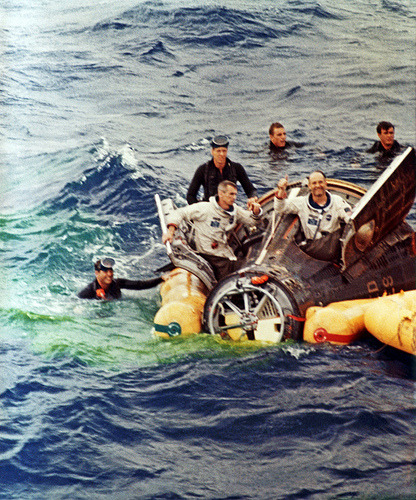
On January 27, 1967 Tom Stafford, John Young and Cernan were in an altitude chamber “trying to bring a new, untried, stubborn spacecraft up to launch standards”. Meanwhile, in an identical craft, Apollo 1 astronauts veteran Gus Grissom, first American spacewalker Ed White and Cernan’s closest friend the rookie Roger Chaffee, were conducting similar tests atop a Saturn rocket at Cape Kennedy. Minutes later they were dead, killed in a fire – a tragedy stunning the close-knit space community.
In May 1969, Cernan, as part of the Apollo 10 crew along with Tom Stafford and John Young achieved a number of records and a “dry-run” for the Apollo 11 landing two months later. As befitting a crew of test pilots they set the record for the highest speed attained by a manned vehicle at 39,897 km/h during the return from the Moon on May 26, 1969 and hold the record of being the humans who have traveled to the farthest point away from home, some 408,950 kilometres. Cernan and Stafford came within 15.6km of the lunar surface in their lunar module Snoopy.
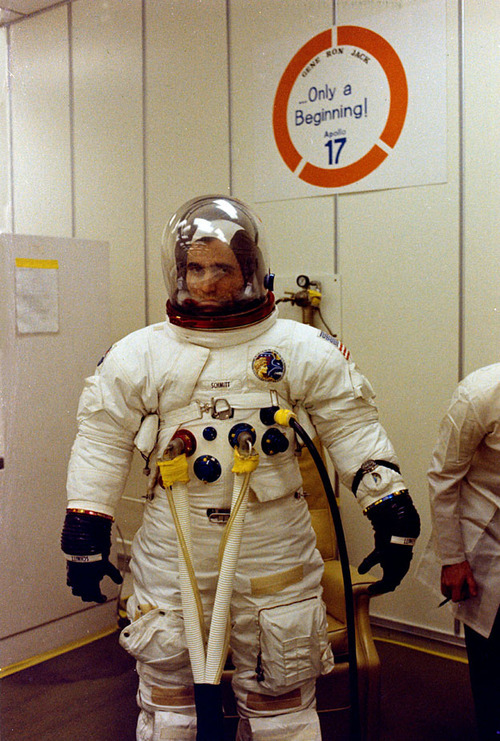
Harrison “Jack” Schmitt is a geologist and one of the NASA group 4 astronauts, “the scientists“, that were announced on June 28, 1965. His and their story is worthy of is own post, coming in January 2013.
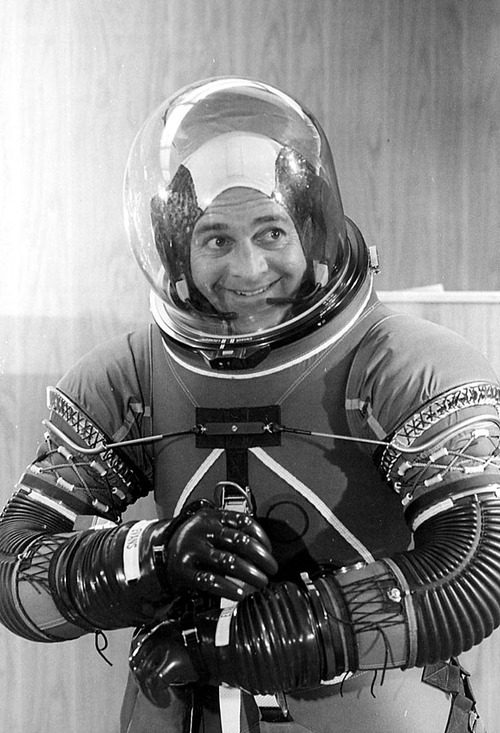
Ron Evans was picked as a Command Module specialist from the beginning of his NASA career. Chosen in April 1966, one of the group 5 astronauts, he was support crew for Apollo 1 and back-up command module pilot for Apollo 14. I found him notable for his almost invisibility in memoirs of the time. In both Deke Slayton’s and Eugene Cernan’s fascinating autobiographies Ron Evans is there an accepted, uncontroversial part of the missions, without a strong personality, extremely competent – obviously the perfect man for the pilot seat of the command module America.
Adventures in the Taurus-Littrow valley
A moon landing was the payoff for all the hard-work, according to Cernan, “the ultimate dream for any pilot.” Following the tradition began by Neil Armstrong on Apollo 11, Cernan, as Commander, was first out on the moon. As he skipped around Schmitt quipped, “Hey, whose been tracking up my lunar surface?” and then stepped out onto a geologist’s paradise – the moon.
The primary objectives for Apollo 17 were: to sample lunar highland material older than the impact that formed Mare Imbrium and investigate the possibility of relatively young volcanic activity in the same vicinity. The Taurus-Littrow valley was selected with the prospects of finding highland material in the valley’s north and south walls and the possibility that several craters in the valley surrounded by dark material could be linked to volcanic activity
Cernan and Schmitt had a three-day lunar surface stay, conducting three periods of extra-vehicular activity, either moonwalking or driving around in the third Lunar Roving Vehicle. They amassed over 22 hours on the surface during these periods in which they collected lunar samples and deployed scientific instruments.
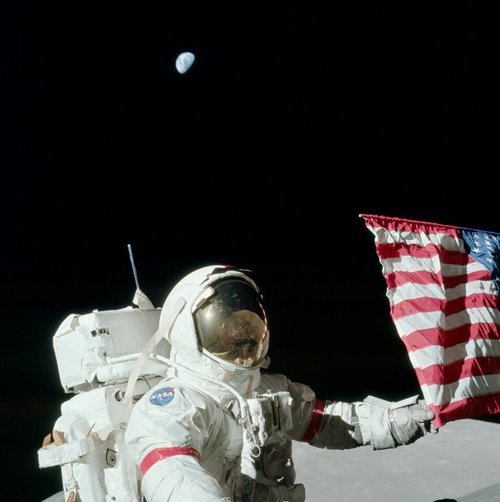
The largest haul of lunar rocks was collected by the two moon-walkers as well as deploying the Apollo lunar surface experiments package (ALSEP), a feature of all manned lunar missions. The stations ran from deployment until they were turned off on 30 September 1977 due to: budgetary considerations, the power packs could not run both the transmitter and any other instrument, and the ALSEP control room was needed for the attempt to reactivate Skylab.
They also carried out gravimeter experiments to learn about the moon’s internal structure. The gravimeter was used to obtain readings at the landing site in the immediate vicinity of the lunar module, as well as various locations on the mission’s roving routes.
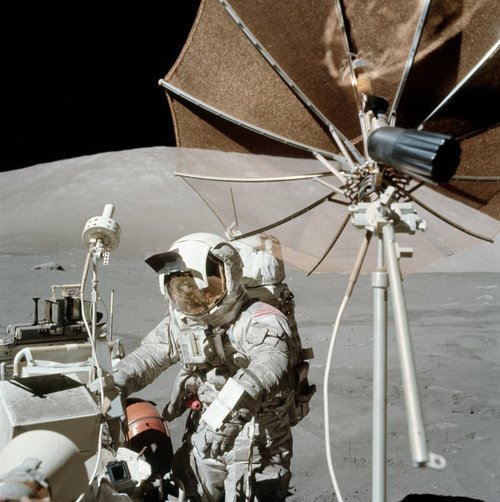
Meanwhile the command module also housed a series of scientific experiments. A special bay housed three experiments (as well as cameras and altimeter) for use in lunar orbit: a lunar sounder, an infrared scanning radiometer, and a far-ultraviolet spectrometer. The film canisters were recovered by Ron Evans in a spacewalk after docking with the returned lunar module.
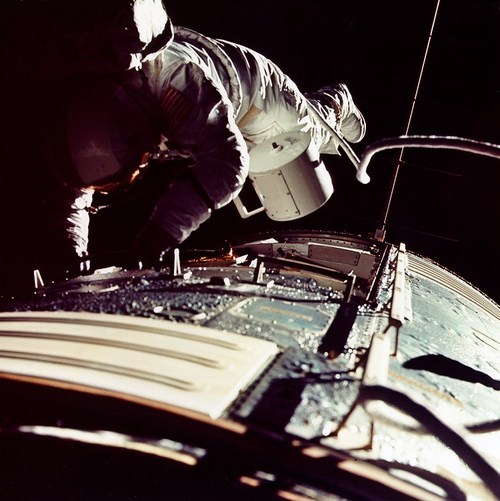
Splashdown in the Pacific on December 19, 1972 brought this “first phase” of human space exploration to a close – I now wait for the second phase to begin and wonder who might it be?
Orrman-Rossiter K (2012-12-18 00:03:17). Apollo 17: last men on the moon. Australian Science. Retrieved: Dec 07, 2025, from https://ozscience.com/space/apollo-17-last-men-on-the-moon/
 Follow
Follow
Great article Kevin. The Apollo era is so fascinating!